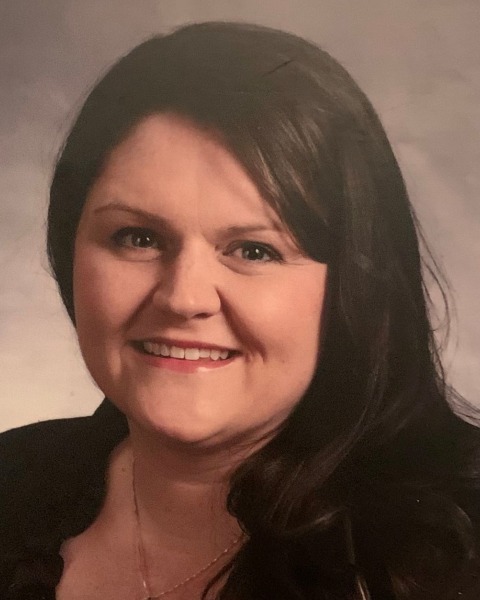Education
(29) Enhancing Disaster Management Preparedness in Senior Nursing Students through Simulation and Role Playing
Wednesday, June 14, 2023
5:00 PM - 6:30 PM EDT

KELLY M. RUSSIN, DNP, RN, CHSE
Director of Nursing
USC Aiken
Gilbert, South Carolina, United States- HM
Hannah Mottel, RN, DNP
Nursing Instructor
USC aiken
Aiken, South Carolina, United States
Lead Author(s)
Co-Author(s)
Disclosure(s):
KELLY M. RUSSIN, RN, DNP, CHSE: No financial relationships to disclose
Learning Objectives:
- Describe the components of a disaster preparedness simulation scenario.
- Verbalize the need for disaster preparedness simulation in nursing education.
- List ways in which disaster preparedness simulation increases student self-confidence and willingness to participate in emergency situations.
